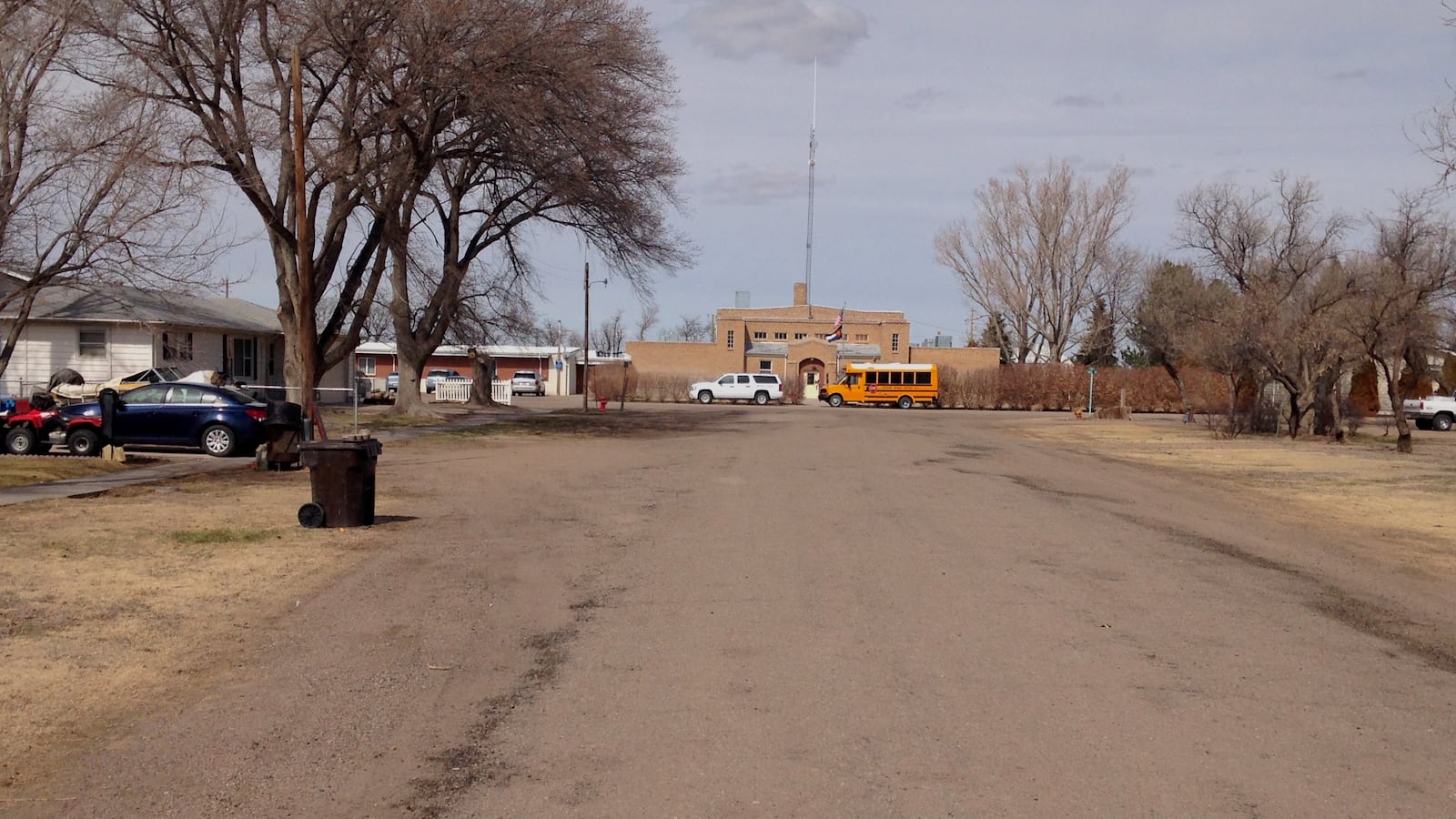Rural and small-town voters helped Donald Trump win the White House this month. Some of those voters are now counting on him to bring change to their communities.
Whether that happens will be determined, in large part, by education. But rural schools often get little attention from our nation’s leaders, even though nearly 9 million students attend them — more than the enrollments of New York City, Los Angeles, Chicago and, incredibly, the next 75 largest school districts combined.
The challenges students face in many of those rural places are equally staggering. In 23 states, more than half of all rural students are from low-income families, the forthcoming Why Rural Matters report shows. Two years ago, that was true of only 16 states.
As the chair of the board of the nonprofit Rural School and Community Trust and a longtime education reporter, I’ve spent much of my career visiting these schools. And the central idea Trump has offered so far for improving education — providing billions of dollars in exchange for expanding school choice — makes little sense in most of those communities.
Rural students and families often have no viable choices beyond their local public school. That’s especially true for children of color in the rural Southeast, Southwest, and on Native American lands. In these areas, the next-closest school can be very far away. Trump’s vouchers, therefore, would rarely be a reasonable option. Charter schools aren’t prevalent in rural areas either, and likely never will be, given the expense of running isolated schools.
So if Trump’s school choice plans would have little impact on rural America, how could he and other leaders make an impact in the thousands of schools in places that supported him the most? What do they really need?
First, financial resources are flat-out scarce in many rural schools, and that leads to a far lower quality of education for students in poor communities.
If you don’t believe it, just go where I have in recent years. There’s Carrollton, Mississippi, where the county schools superintendent surrendered most of his own salary to help keep his destitute district afloat. No one there has ever discussed offering Advanced Placement courses.

When a mother in the all-black public schools there asked the school board to consider upgrading the old chicken coop her son’s high school football team used for a locker room, a white board member’s response was: If folks didn’t like it, maybe they didn’t need a football team. Meanwhile, Mississippi lawmakers disregarded a majority of voters statewide to increase basic school funding — by requiring more than a simple majority vote.
In Bethune, Colorado, about three hours east of Denver near the Kansas line, roughly 130 students attend school in a district that’s virtually bankrupt from state-imposed caps on local taxes. There were no foreign languages taught when I visited in 2015, despite a growing Hispanic community. They had art only because a child’s grandfather volunteered to teach it.
These communities are far from big urban and suburban school districts that spend generously on a per-student basis, and they need more money from the federal government and from their states. The funding in Trump’s plan could make a big difference: There’s often no other way for these schools to offer the classes and services students need. But tying those benefits to school choice doesn’t make sense. These districts can barely afford to operate the schools they have.
(Trump could also work to funnel a greater share of federal education funding to rural and small-town areas. But it won’t do the country much good to slash education budgets for other areas, and if his massive tax cuts bleed away the federal budget, it could harm students everywhere.)
A less-discussed, but no less important, issue is racial segregation, which continues to have a catastrophic impact on some rural schools.
In Summerton, South Carolina, population 1,000, where the first and most important of the cases that formed Brown v. Board of Education began, the public schools serve mainly African-American students while a small private school serves mainly white students. It’s been that way since the 1970s, a few years after court-mandated desegregation finally reached most majority-black communities in the South.
Hundreds of small private academies, once founded for the purposes of segregation, continue to thrive in the Black Belt from the Carolinas into Texas. Many white families in these areas have already made their own school choice, and vouchers in these communities would only subsidize this divide.
Schools can’t thrive, and school choice won’t work, without people grappling with this pervasive issue. We need new conversations about racism and the impact of such segregation — as do gentrifying urban and changing suburban areas. As the Hispanic population grows in the rural West, Midwest, and South, this will matter even more.
Trump, given his rhetoric about minorities and immigrants, can’t lead this conversation. So it will be up to local and state leaders, educators, and families to foster deeper dialogue. This isn’t easy, but I’ve seen powerful connections built across race and class through the Rural School and Community Trust’s programs, among others. In my experience, many students and adults are eager to discuss it given the opportunity.
A few other specific steps that could help rural schools:
- Fixing Title I: Most poor small-town and rural districts receive less money per student under the federal Title I program than larger districts do — even when those larger districts have lower poverty rates, as U.S. News & World Report recently highlighted. Understandably, larger school districts have opposed changes to those formulas. But many of those districts have a greater ability than rural systems to make up for cuts through local taxes or by shifting other resources.
- Encouraging new early childhood approaches: Child poverty rates are actually higher in rural areas than in urban areas, exposing many students to the “toxic stress” that researchers say inhibits brain development. But many rural children lack access to high-quality early health and education programs. While President Obama has championed universal pre-kindergarten, home-visiting health and education programs are just as promising. The Trump administration could pursue “social impact” funding for such efforts, a strategy House Speaker Paul Ryan and Obama actually agree on.
- Addressing the shortage of educators: Many rural schools can’t offer the same salaries for teachers and principals than those in wealthy areas. This exacerbates shortages of quality educators, especially in science, math, foreign languages, and special education. I often think of the Bering Strait School District in Alaska, which serves about 1,800 students across a region the size of Minnesota. While an extreme example, it’s real — and many less remote places also struggle to find the educators they need. More innovation within grow-your-own rural educator programs, and more specialized teacher preparation for rural schools, would help.
- Improving high-speed Internet access: In an age when many urbanites work wherever they carry their laptop, many rural communities lack adequate Internet speed. That makes it harder to provide a high-quality education and harder to attract teachers those districts need.
- Pushing community-based learning: Higher academic standards and more challenging courses may help to boost the quality of education for rural students. “Place-based learning” can accomplish a lot, too. This strategy encourages students and educators to assess local challenges and then build project-based lessons to address them. The federal government may offer funding for these programs under the new Every Student Succeeds Act, but must ensure that rural districts have help to apply for any grants.
Rural children deserve this and more from all of us — and especially from the leaders their families have put into power.
Alan Richard is a veteran education writer, formerly of Education Week and the Southern Regional Education Board, and he currently chairs the board of the nonprofit Rural School and Community Trust. He lives in Alexandria, Virginia.


